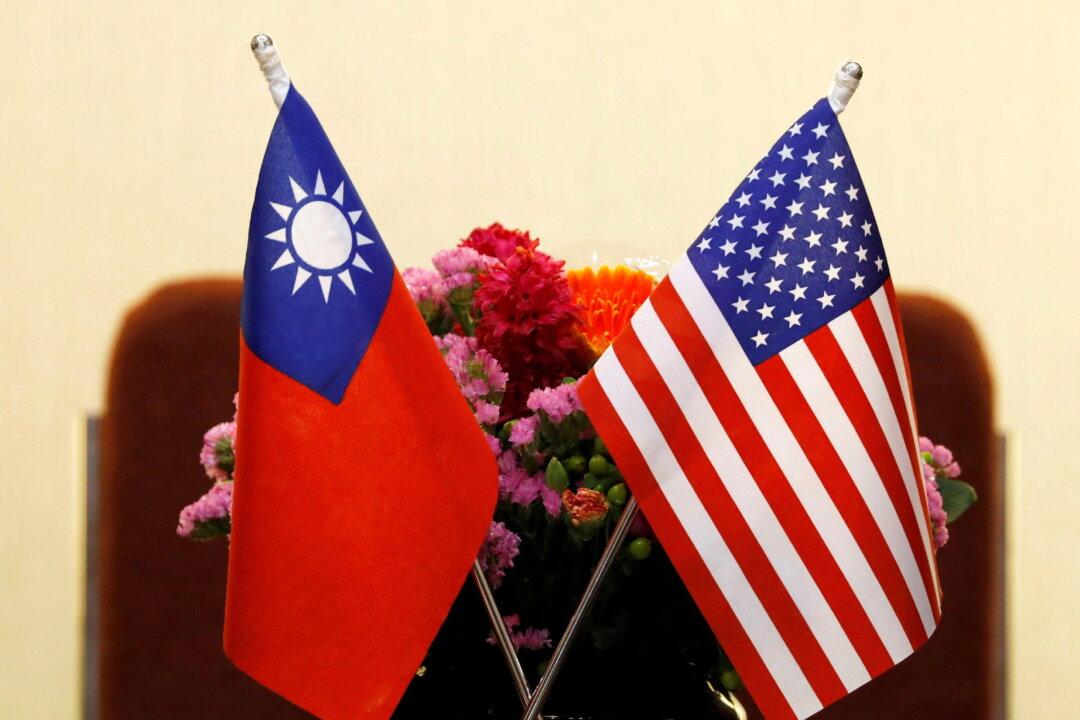Commentary
If China attacks Taiwan, it will do more than simply assault the island. Any Chinese strategic planner would have to advise his leadership that China would concurrently have to liquidate the U.S. bases in Japan, Okinawa, and possibly Guam, where the United States has long-range bombers. In addition, it faces significant U.S. forces, aircraft, and missile defenses in South Korea. The United States can easily launch operations from Korea in defense of Taiwan without actually degrading South Korea’s defenses facing North Korea.






